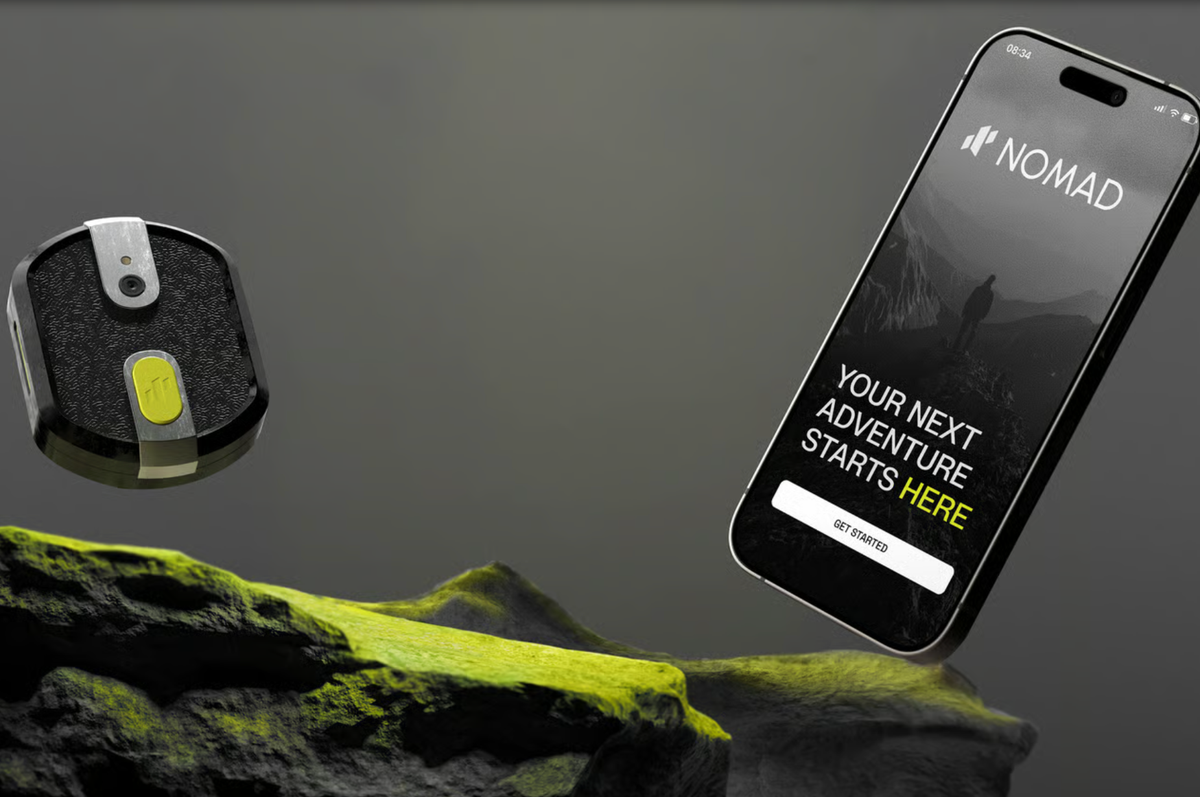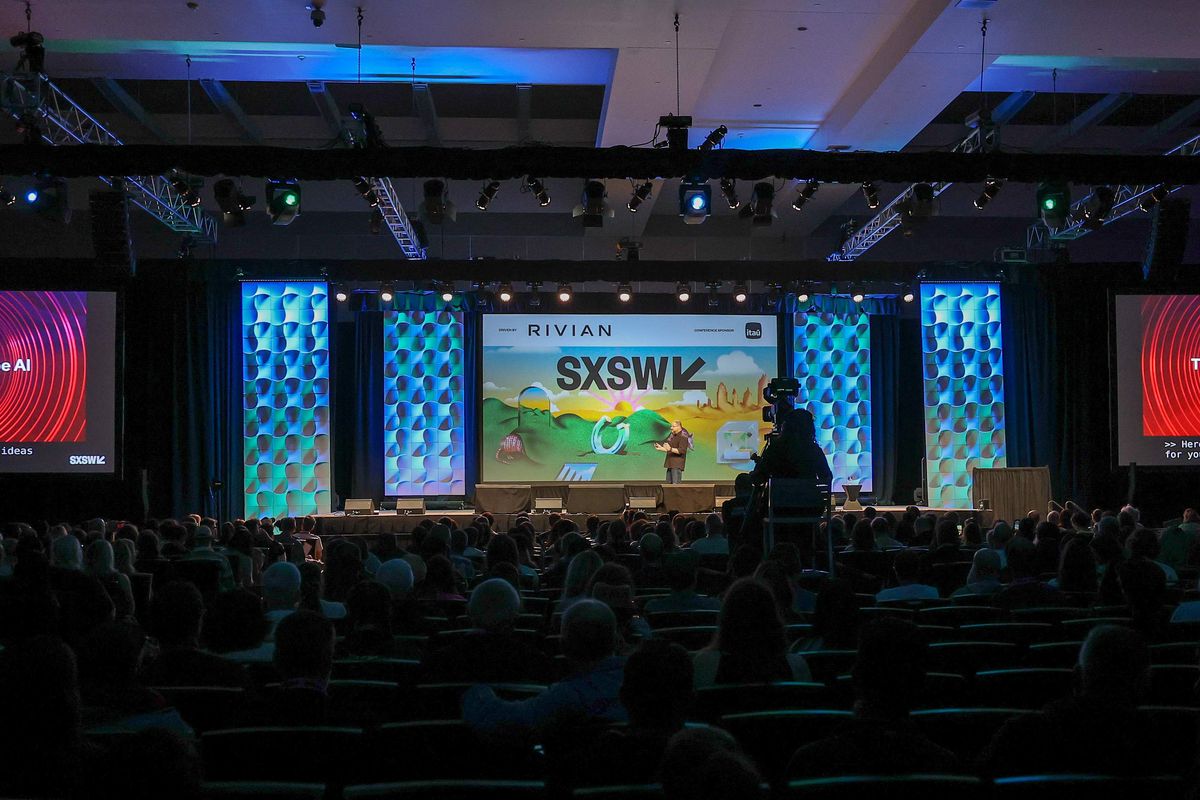High-tech art exhibit pops up alongside Houston innovation hub
immersive art
A traveling art immersion experience has officially opened its doors in Houston. The tech-enabled show picked a particularly innovative spot, too.
The new "Immersive Van Gogh Exhibit Houston," opened Thursday, October 14, at Lighthouse Artspace Houston, a converted, 16,500-square-foot warehouse space (1314 Brittmore Rd.) directly next to The Cannon's West Houston innovation and entrepreneurial hub in The Founders District. The show has sold more than 3 million tickets sold nationwide, the show has outsold Taylor Swift.
Not to be confused with the current Van Gogh interactive offering, this stunning — and original — show animates some of the most iconic works for Van Gogh, who is considered one of humanity's most important and notable artists.
Equally a star player in the production is the music, some by Italian composer Luca Longobardi, along with a classic from Edith Piaf, and even a tune from Radiohead lead singer Thom Yorke.
Masterpieces come alive via some 60,600 frames of video, totaling 90,000,000 pixels and more than 500,000 cubic feet of projections. But as anyone who's studied the master's works can attest, that detail is necessary to truly capture his creations.
Giant walls dance with images of workers in fields, which then wipe to floral settings, or memorable imagery from Van Gogh's instantly recognizable pieces such as Mangeurs de Pommes de Terre (The Potato Eaters, 1885), Les Tournesols (Sunflowers,1888), La Chambre à coucher (The Bedroom, 1889), and the unforgettable Nuit étoilée (Starry Night, 1889).
Even the floor — lined with circles to stand or sit on for social distancing — is a piece of art. Visitors can stroll (highly recommended), space permitting, or sit, awash in Van Gogh's dreamscape.
"It's really interesting you comment that this could be Van Gogh's dream," Vito Iaia, co-founder of Impact Museums and the event's co-producer, tells CultureMap. "This is what Massimiliano Siccardi, the protection artist who created the work you see on the walls, believes went through Van Gogh's head — right before he died."
Part art exhibit, part animated film, "Immersive Van Gogh Exhibit Houston" marries the work of three different artists: Van Gogh (of course), aforementioned projection artist Siccardi, and Rowan Doyle, the creative director who created the scenic elements surrounding the venue.
Those scenic elements include:
- Sunflower pickup truck: A vintage Ford truck, parked outside the venue, gets a splash of sunflower yellow.
- Van Gogh Chapel: Meant to be a love letter to Houston and specifically Rothko Chapel, this design is meant to be a contemplative space before entering the main gallery.
- Van Gogh Timeline: As the name implies, this installation features pivotal moments of Van Gogh's career, with symbols harking to his short life.
- Texas sunflower sign: Sunflowers dot the Texas state display, perfect for IG selfies.
A bar and gift shop also add to the experience.
At once stirring, playful, and poignant — even emotional — the experience is fitting for now, despite the artwork dating back to the late 1800s.
"People ask why Massimiliano chose Van Gogh right now," says Iaia. "And part of the answer is there's probably no better time to tell Van Gogh's story than right now. This is a reflection of what he went through as a troubled soul and the struggles people are going through today."
But it's not all dark. "The bright side is, this is a great way to remember his work. The reception has been amazing. It's giving him a new life."
Prepare for a serene, honest moment, but don't be surprised to be affected — especially with the final imagery. "People are driven to joys, or tears, or thought," says Iaia. I had someone come out and say, 'I just saw God.'"
------
This article originally ran on CultureMap.
















